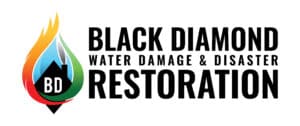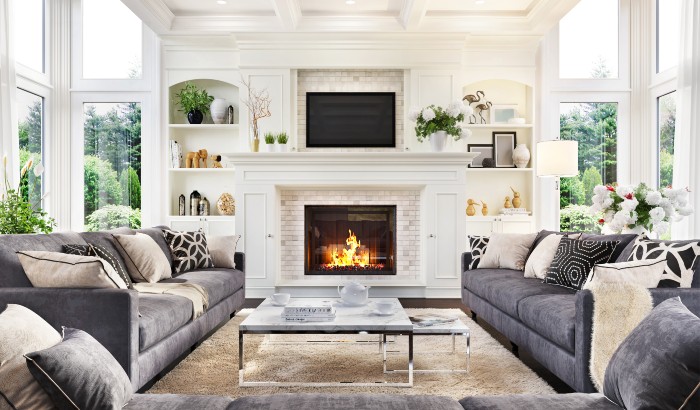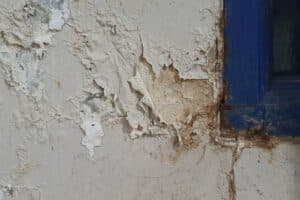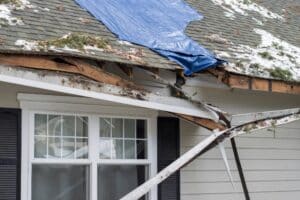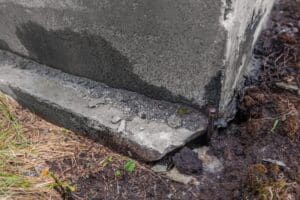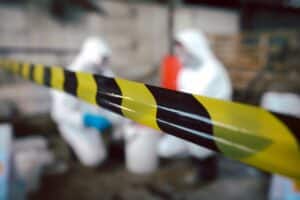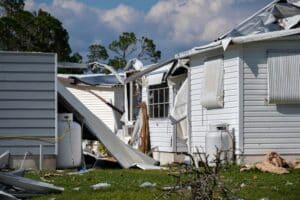With winter fast approaching, people all across the nation will be lighting up their fireplaces to heat their homes.
If your home features a fireplace, you understand the cozy and warm feeling it brings. However, fireplaces can be extremely dangerous, and using them carefully and responsibly is necessary for the safety of you and your loved ones. The National Fire Protection Association reports that nearly one-third of home fires involve a fireplace and chimney. Thankfully, there are numerous steps you can take to prevent smoke and fire damage in your home.
Continue scrolling for several safety tips when using your fireplace this winter season.
Safe Fireplace Practices
- Before “fireplace season” begins, hire a professional chimney sweep to thoroughly inspect and clean your chimney. They will be able to remove creosote and any other obstructions, like raccoon or bird nests.
- Frequently examine your chimney cap. If it has become damaged, make sure to repair or replace it. If your chimney does not have one, get one professionally installed with wire-mesh to prevent animals and debris from going inside your chimney.
- Only use the fireplace when a fire extinguisher is in the room.
- Use a flashlight or mirror to ensure your damper is opened.
- Install smoke and carbon monoxide alarms in each bedroom, outside sleeping areas, and on every level of your home, including the basement. Make sure they are all interconnected so that when one goes off, they all do.
- Supervise children and pets whenever the fireplace is in use. Teach them fire safety rules and practices.
- Never leave a fire unattended. Do not leave the house or go to sleep with a fire burning.
- Make sure the wood you use is dry and seasoned and is cut to the correct size.
- Keep any flammable objects, like newspapers, books, blankets, furniture, holiday decor, and wood, at least a couple of feet from the fireplace.
- Use a fireplace screen made of glass or metal mesh to prevent embers from spitting out of your fireplace.
- Never use flammable liquids to start your fire. Instead, use crumpled up paper and kindling. Once the kindling is brightly burning, you can add firewood and close your screen.
- Do not overload the fireplace with logs.
- Only use fireplace tools to maintain the fire.
- Never burn plastic, trash, or any other toxic materials.
- Only close the damper once the embers have completely cooled.
- Avoid additional smoke by removing any ashes from previous fires only after they are 100% cool before properly disposing of them.
- Place ashes in a non-flammable, metal container that closes tightly. Keep it outside and at least 10-12 feet away from your home or other structure. Do not discard ashes in wooded or grassy areas until they are completely cooled.
Contact the Professionals at Black Diamond Restoration
Unfortunately, even the most responsible homeowner may experience an accident when it comes to fireplaces. A fire can cause extensive and long-lasting damage to your home. If your house has suffered smoke or fire damage, call the experienced professionals at Black Diamond Restoration. Our knowledgeable and skilled technicians have decades of experience and can restore your home to its former state, whether it has endured smoke, fire, water, mold damage, and more. Our team is available 24/7 for quick and responsive service.
Contact us today. We serve Salt Lake City, Layton, Provo, Orem, and neighboring cities in Utah.
